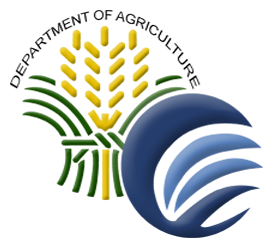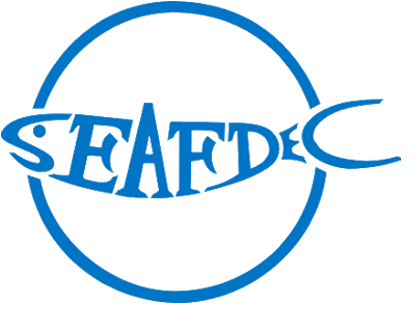Background & Situation Menu
Status and Trends in Fisheries and their Habitats Threats, root causes and barrier analysis Institutional, sectoral and policy context Stakeholder mapping and analysis Baseline analysis and gaps Known Areas of Critical Significance to the Life-Cycles of Fisheries Resources Priority Fisheries Refugia Areas




Establishment of Fisheries Refugia in Philippines:
Background and Situation Analysis to Support
Stakeholder mapping and analysis
Municipal and commercial fisherfolk represent stakeholders in the Philippines capture fisheries. Municipal fishers are equivalent to the small-scale or sustenance fishers of other countries, whose primary motivation in fishing is subsistence. The commercial fishers, on the other hand, operate larger fishing boats mostly for profits. Fishers may be temporarily employed in the commercial sector while they are usually owners and operators in the municipal sector.
Fishing and farming are the dominant sources of livelihood in most Philippine fishing communities along the SCS coast. On small islands, fishing usually dominates, although there are cases where fishing and farming activities are not well differentiated. Farming is the major occupation during the wet season, but gradually shifts to fishing leading up and during the dry season. Manufacturing and other industries also provide employment opportunities in coastal communities, especially those located in or near urban centers. Ecotourism and outdoor recreation is also becoming another source of livelihood. Other sources of livelihood are aquaculture, fish handling and processing, fish distribution and marketing, boat construction and maintenance, gear construction and repair, salt making, as well as quarrying of corals and sand.
The Local Government Code, aside from defining the basic mandates of the LGUs, also increased the financial resources available to them through Internal Revenue Allotment (IRA) shares, which are proportionate to their contribution to the national coffers. In addition, it recognises the need for civil society involvement in local governance by allocating certain seats for direct people's participation in local policy and planning bodies, such as the local development councils and the local legislative bodies. It also emphasises the role of LGUs in sharing with the national government the responsibility of protecting the ecological balance of natural environments within their jurisdictions.
The implementation of resource management activities follows a holistic approach. Although some services and many of responsibilities were already devolved to the local government, the management of resources takes a broader perspective. It recognises the interrelationships and interdependencies of the physical, biological, sociocultural, economic, legal, and institutional factors affecting the entire ecosystem. Coastal communities, government agencies, LGUs, NGOs, POs, FARMCs, and other civic organisations play important, intertwining roles. Although management is implemented at the lowest LGU level, policies and the underlying framework cover a larger ecosystem (bay, gulf, or sea).
Some of the policies relevant to fisheries management include:
Decentralisation of the management of nearshore fisheries resources to municipalities and local fishing communities.
Strengthening of fisheries law enforcement by organising municipal-based inter-agency law enforcement teams composed of representatives from fisherfolk association, NGOs, LGUs, Philippine Maritime Police (PMP), PCG, BFAR, DENR, the private sector, and other concerned agencies or institutions.
Promotion of community-based initiatives to rehabilitate, conserve, and protect the coastal resources.
Diversification of the source of income of fisherfolk toward other income opportunities.
Expansion of extension services to form closer linkages between and among the fisherfolk, research institutes, and other beneficiaries.
Embodied in the Fisheries Code is the creation of the FARMCs at the national and local levels. This recognises the need to coordinate resource management activities at various levels and to ensure the participation of LGUs, coastal communities, government agencies, NGOs, and POs in the management of coastal resources. Three levels were established: national (NFARMC), municipality/city (MFARMC/CFARMC), and integrated (IFARMC).
Most municipalities bounding the South China Sea have established their MFARMCs because the law mandates it. Some were organised through the assistance of NGOs, but mostly through the regular program of BFAR in its respective regional units. Each BFAR regional unit has a FARMC coordinator whose main task during the past few years was to help each municipality or city establish their respective FARMCs.
Many municipalities also formed smaller units of FARMCs at the barangay level (BFARMCs). Though not mandated by the Fisheries Code, the formation of BFARMCs is being encouraged to institute fisheries resource management initiatives at the community level. This also facilitates the replication of efforts by the MFARMC at the community level. Also, since many management initiatives, such as the establishment of MPAs, take place at the community level, the creation of BFARMCs reinforces initiatives concerning the implementation of MPA management plans and enforcement of agreed rules regarding resource utilisation. BFARMC can also be an effective partner in fishery law enforcement. Although sea patrols are based in the municipality, BFARMCs can act as community lookouts for illegal fishing activities.